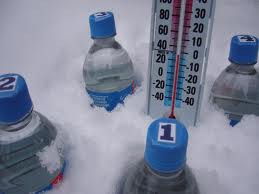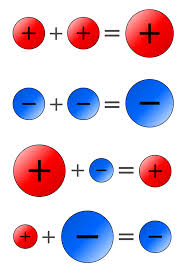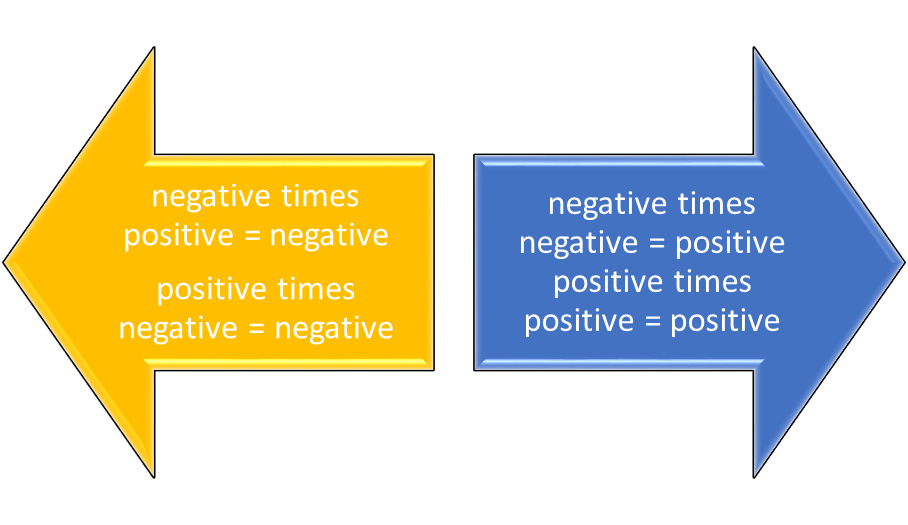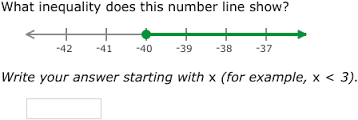Overview
Think of the number zero as the center of the number line. It is neither positive nor negative. Negative numbers are on the left side of zero on the number line, which stretches to infinity going left. Positive numbers are on the right side of zero on the number line, which stretches to infinity going right.
Figure 1: The number line.
The Number Line and Positive Numbers
The part of the number line that begins at zero and stretches to infinity going to the right consists of all numbers that are more than zero. In math symbol language the symbol for greater than or equal to zero is ≥, so quick shorthand for positive numbers is N ≥ 0.
Reasons for Negative Numbers
It took many hundreds of years for people to start using negative numbers. Some philosophers and mathematicians were against them until almost the 18th century. People think of them as opposites to positive numbers. For example, a temperature of -40o C (-40o F) is opposite of a temperature of 40o C (104o F). Mt. Everest is over 8839 m (29000 feet) above sea level. In the opposite direction, the distance to the Challenger Deep in the Pacific Ocean is over -10972 m (-36000 feet). The negative number shows that the distance is below sea level. If your bank account has a balance of $100 in it, that is different than having a balance of -$100 (overdrawn). In math shorthand language, for negative numbers is N≤ 0, less than or equal to zero. If the time until a rocket launch is T – 30 minutes, it is still on the launch pad. If the time is T 30 minutes it has left the launch pad.
Figure 2: This thermometer shows both positive and negative temperatures in Celsius and Fahrenheit.
Addition
If two positive numbers are added, the result is positive. Suppose that 492 and 3 are the positive numbers. Their sum, 495, is also a positive number. If two negative numbers are added, the result is negative. If -3.2 and -10 are added, their sum -13.2 is negative. If a positive number is added to a negative number and the absolute value of the positive number is larger, the answer will be another positive number, such as 5 and -2. The sum is 3. However, if -8 and 3 are added, the sum is -5. In terms of the number line, -8 is further to the left than 3 is to the right. Speaking math language, if a positive number is added to a negative number and the absolute value of the negative number is larger, the sum will be negative.
Figure 3: Addition of positive and negative numbers.
Multiplication
If two positive numbers are multiplied, the result is always positive. Similarly, if two negative numbers are multiplied, the result is positive. Another way to say this is the same signs are always positive, so that 3∙7 = 21 and -6∙ -8 is 48. If the signs are opposite, such as 4∙-3 =-12, or -7 ∙ 8 = -56, the result is always negative.
Figure 4: Multiplication of positive and negative numbers.
Interested in algebra tutoring services? Learn more about how we are assisting thousands of students each academic year.
SchoolTutoring Academy is the premier educational services company for K-12 and college students. We offer tutoring programs for students in K-12, AP classes, and college. To learn more about how we help parents and students in Shelburne, VT: visit Tutoring in Shelburne, VT






